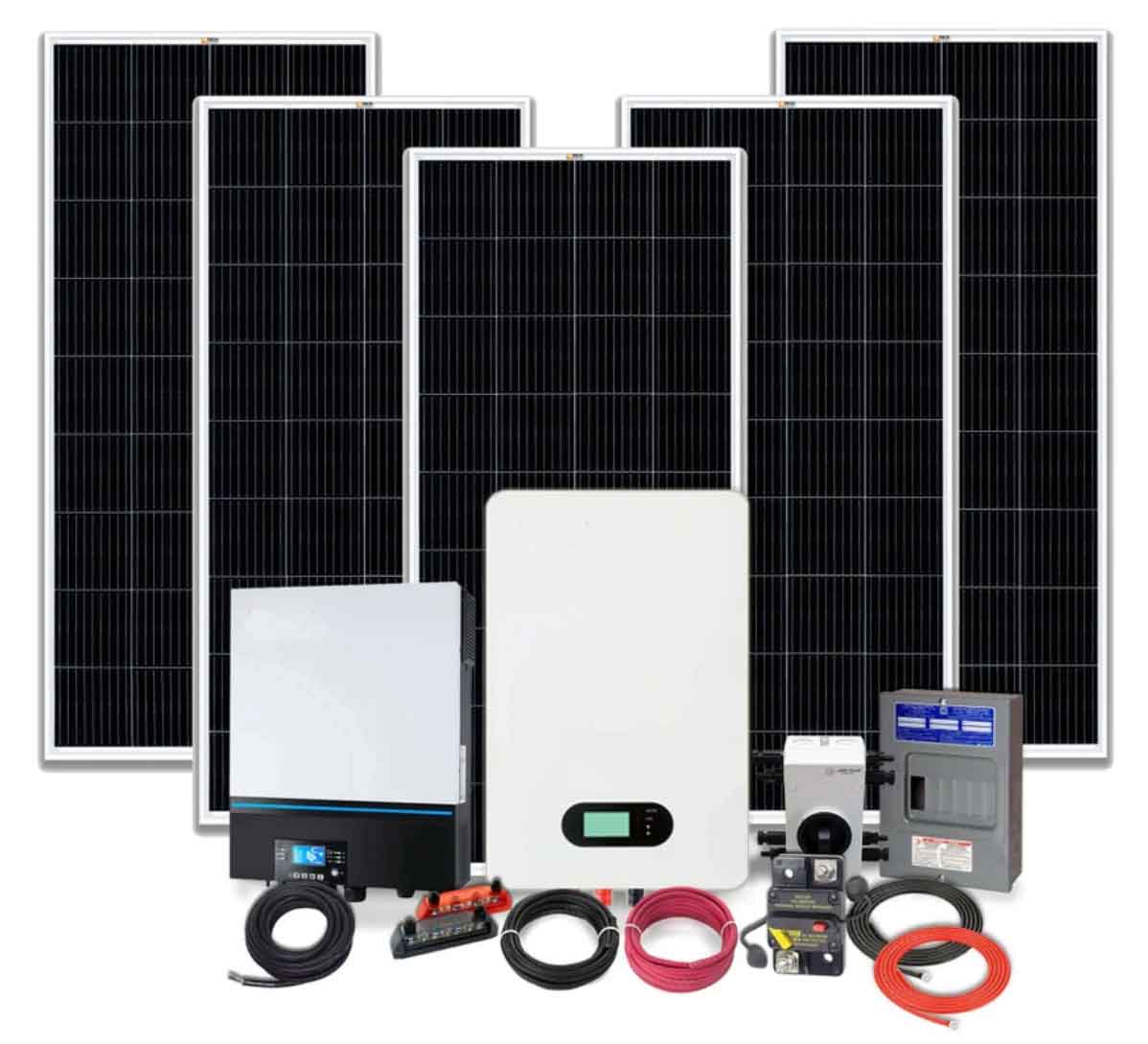The solar energy continues to gain popularity among homeowners, ensuring that your solar kit operates at peak efficiency is crucial. Proper installation and regular maintenance play a significant role in maximizing the efficiency and longevity of your solar kit. This comprehensive guide provides detailed tips on how to install and maintain your solar kit effectively, ensuring you get the most out of your investment.

Installation Tips for Solar Kits
Proper installation is the foundation of a high-performing solar kit. Attention to detail during this phase can significantly impact the overall efficiency and lifespan of the system.
Site Assessment and Preparation
- Evaluate Sunlight Exposure
- Choose a location that receives maximum sunlight throughout the day.
- Avoid areas with shading from trees, buildings, or other obstructions.
- Roof Condition
- Ensure your roof is in good condition and can support the weight of the solar kit.
- Consider roof orientation and pitch for optimal panel placement.
- Space Availability
- Assess the available space for solar panel installation.
- Plan for potential future expansions by leaving some extra space.
Solar Kit Installation Steps
- Mounting Hardware Installation
- Securely attach the mounting hardware to the roof or ground.
- Use appropriate fasteners and sealing methods to prevent leaks.
- Solar Panel Placement
- Position the solar panels at the optimal angle and orientation.
- Ensure panels are spaced correctly to avoid shading each other.
- Electrical Wiring
- Connect the solar panels to the inverter using high-quality wiring.
- Ensure all connections are tight and secure to prevent power loss.
- Inverter Installation
- Mount the inverter in a cool, dry, and accessible location.
- Connect the inverter to the electrical panel and grid if applicable.
- System Testing
- Conduct a thorough system check to ensure all components are working correctly.
- Verify the electrical output and overall performance of the solar kit.
Maintenance Tips for Solar Kits
Regular maintenance is essential for keeping your solar kit operating efficiently and extending its lifespan. By following these maintenance tips, you can ensure your system continues to deliver optimal performance.
Regular Inspections
- Visual Inspection
- Check for any visible damage or wear on solar panels and mounting hardware.
- Look for debris, dirt, or leaves that may have accumulated on the panels.
- Electrical Connections
- Inspect all wiring and connectors for signs of wear or corrosion.
- Ensure all electrical connections remain tight and secure.
- Inverter and Monitoring System
- Regularly check the inverter display or monitoring system for error messages.
- Ensure the inverter is functioning correctly and efficiently.
Cleaning Solar Panels
- Frequency of Cleaning
- Clean solar panels at least twice a year or more frequently if you live in a dusty area.
- Cleaning Method
- Use a soft brush or sponge with water and mild detergent.
- Avoid abrasive materials that could scratch the panels.
- Rinse thoroughly with water to remove any soap residue.
Seasonal Maintenance
- Winter Care
- Remove snow and ice buildup from solar panels to maintain efficiency.
- Ensure the panels are not damaged by heavy snowfall or ice.
- Summer Care
- Check for increased dirt and dust accumulation during dry seasons.
- Ensure proper ventilation around the inverter to prevent overheating.
Advanced Maintenance Tips
- Performance Monitoring
- Use monitoring systems to track energy production and detect any performance issues.
- Compare actual performance with expected output to identify potential problems.
- Professional Maintenance
- Schedule regular professional inspections to ensure all components are in good condition.
- Have a qualified technician perform any necessary repairs or upgrades.
- System Upgrades
- Consider upgrading to more efficient panels or inverters as technology advances.
- Explore adding battery storage for enhanced energy independence and backup power.
Solar Kit Efficiency Optimization Table
| Maintenance Task | Frequency | Benefit |
|---|---|---|
| Visual Inspection | Monthly | Early detection of damage or wear |
| Electrical Connections | Quarterly | Ensures tight and secure connections |
| Inverter Check | Monthly | Verifies proper system operation |
| Panel Cleaning | Biannually | Maintains optimal energy production |
| Snow/Ice Removal | As needed (Winter) | Prevents efficiency loss from snow coverage |
| Professional Inspection | Annually | Comprehensive system check by experts |
| Performance Monitoring | Continuous | Identifies performance issues in real-time |
Additional Tips for Maximizing Solar Kit Efficiency
- Optimize Energy Usage
- Use energy-intensive appliances during peak sunlight hours to maximize solar energy use.
- Implement energy-saving practices to reduce overall consumption.
- Stay Informed
- Keep up-to-date with advancements in solar technology and best practices.
- Join local or online solar energy communities for tips and support.
- Utilize Incentives
- Take advantage of available tax credits, rebates, and incentives to offset costs.
- Explore programs offered by local utilities for additional savings.
Conclusion
Maximizing the efficiency of your solar kit requires a combination of proper installation and regular maintenance. By following the tips outlined in this guide, you can ensure that your solar kit operates at its peak performance, providing you with clean, renewable energy for years to come. Regular inspections, cleaning, and professional maintenance are key to sustaining the efficiency and longevity of your solar kit. Additionally, staying informed about new technologies and best practices will help you make the most of your investment. With careful attention and care, your solar kit can deliver significant cost savings and environmental benefits, contributing to a more sustainable future.
